Wednesday 19th March 2025, Colemere
Last week’s “get straight to the site” mentality was maintained for this visit to Colemere.
Granted it was only a 50 yard or so stroll between the car park and the site, but several members of the group were on site before I had got my boots on!
Once I managed to join them, they were, of course, huddled around bits of habitat close to the entrance.
I immediately followed suit, attracted by the hawthorn that was loaded with mistletoe.
Why was there so much mistletoe on this on tree? It is not as though there was a lot of the plant scattered about the site. In fact I do not recall seeing any on any other tree.
Curious!
I like to look at Mistletoe for specialist insects. But they were all safe on this occasion as 99% of the plant was out of reach.
Frustrating!
Before I get any further, I will report two significant fly species finds.
Philotelma nigripenne.
This is a new species for the county. It is a “shore” fly, mainly a coastal species, with few inland records.
Angioneura acerba.
This is only the second record of this blowfly for the county. It is regarded as quite a rare fly, strongly associated with fen habitat and thought to be a snail parasite in its larval stage.
These were both excellent finds.
Attention switched from the mistletoe ladened tree to the shore of the mere, where the vegetation at the edge was searched extensively, with the usual scrum around a tray to see what had been unearthed.
A Dingy footman moth larva.
An adult moth, Depressaria daucella.
A spider, Larinoides cornutus.
A Water ladybird.
A weevil, Sitona lineatus.
The shoreline started to lose its attraction and we meandered our way onto the large meadow that borders the lake on the eastern side.
Here we were drawn to an area of wetland. Only the edges were accessible to those of us with boots on, but those equipped with wellingtons could get in deeper.
Finds in this area included a Drinker moth larva.
A colourful rove beetle, Paederus riparius.
And we accidentally flushed out a Jack snipe that took to the wing.
That most important time had arrived…
Lunch.
But where to have it?
Where we were was rather wet.
However, on the edge of the mere, was a bench.
And it was unoccupied.
Over we traipsed and settled down for our picnics and a chat.
Lunch over we spent more time on the edge of the mere, spotting another Jack snipe in flight.
And another Water ladybird, with paler coloured elytra.
A few of us wandered into the wood.
Finding little, except the leaf mine caused by the feeding of a larva of the fly Phytomyza ilicis within a Holly leaf, we returned into the meadow.
A weevil, Mecinus pyraster, was located and photographed.
In the nick of time as it prepared to take off.
Checking the wet vegetation at the side of the meadow revealed several Water measurers, a long and very thin aquatic bug.
The group split into three.
One group wandered off back into the wood, another meandered over to the other side of the meadow, and the third stayed put.
Eventually we all met up gain on the other side of the meadow.
In the meantime we found a fly, Eudasyrphora cyanella.
A beetle, a species of Helophorus.
And an early showing of Marsh marigold.
The late warm sunshine then attracted a couple of hoverflies to visit us to see what we were up to. Here is one of them, an Eristalis pertinax.
This seemed an appropriate time to call a halt to the day. We made our way slowly off the site, stopping on the edge of the mere to peer at a distant Scaup (so I was informed as all I could see were a series of dots on the mere’s surface). And went home.
My thanks to Shropshire County Council for granting us permission to do what we enjoy doing and the photographers for their excellent images and allowing me to use them in this report.
















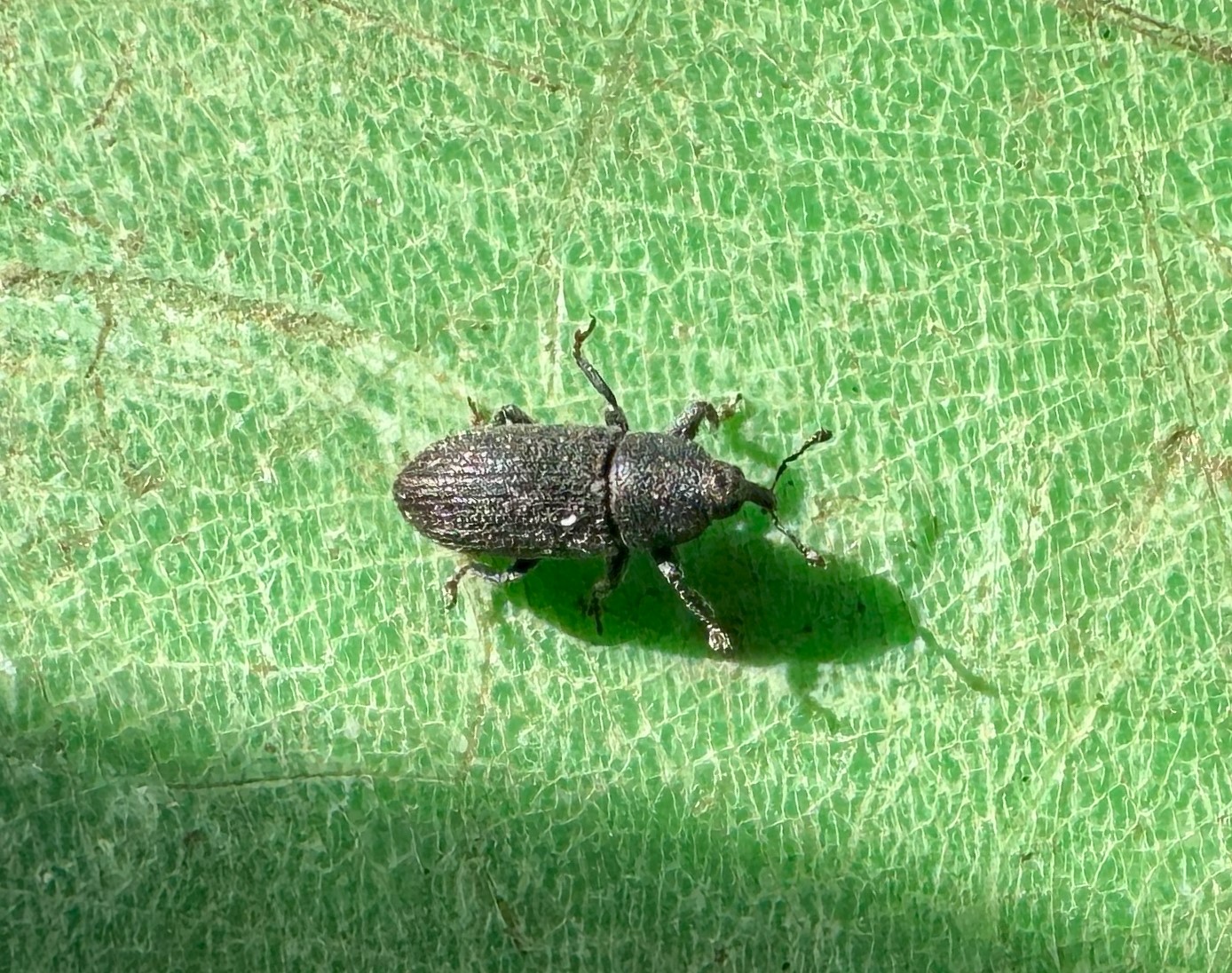
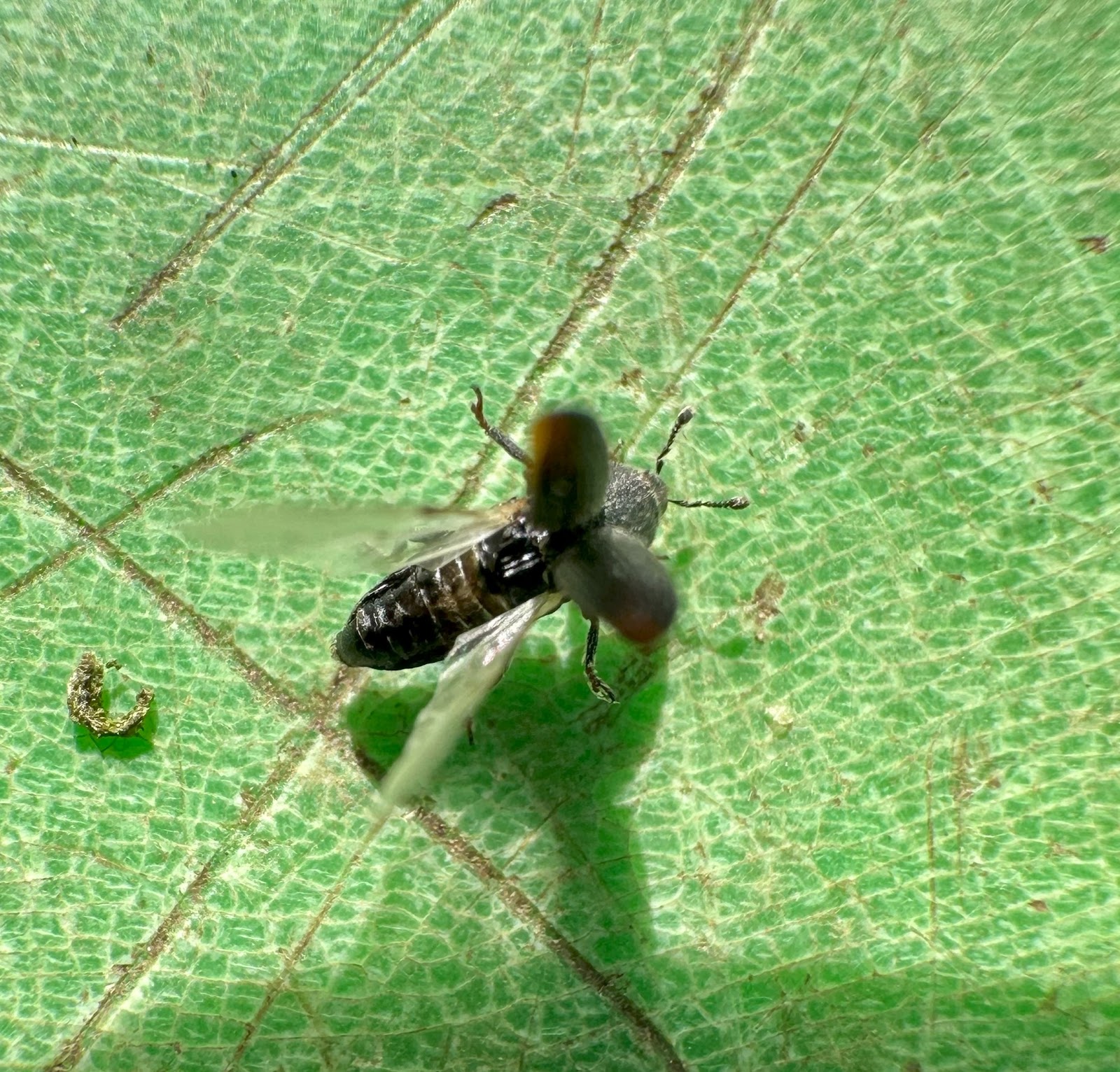
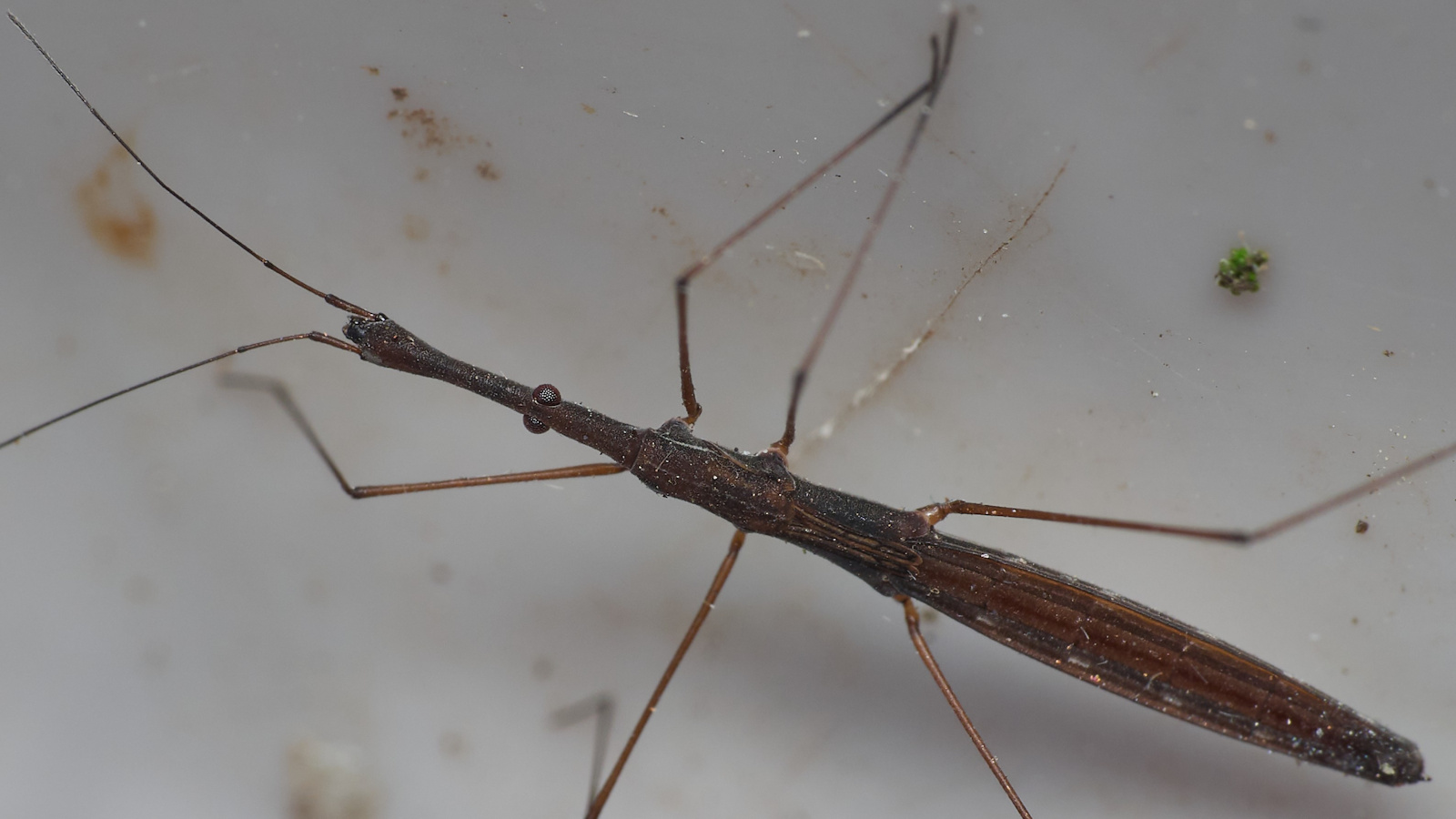



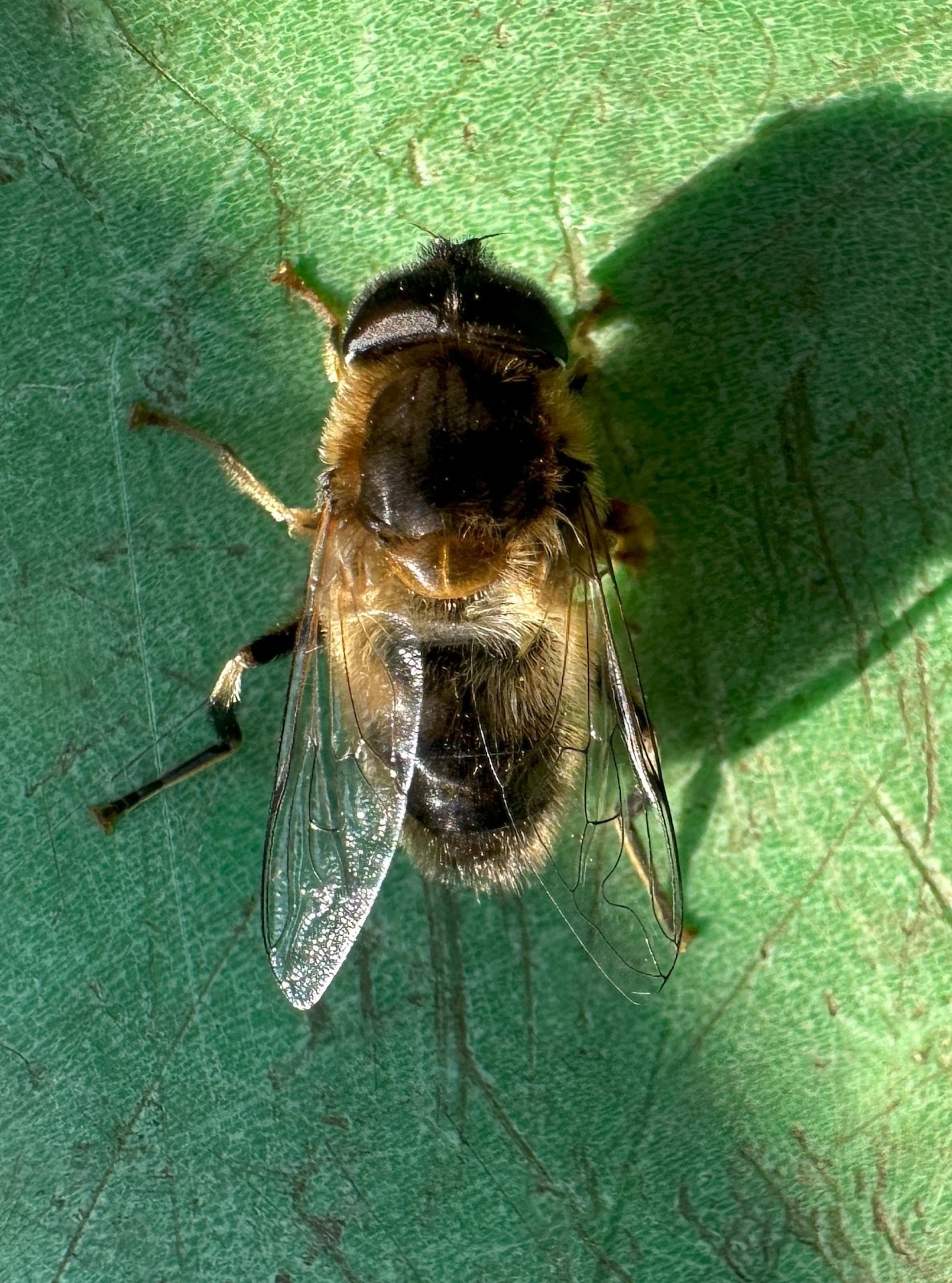




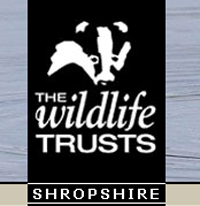

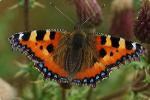




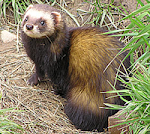

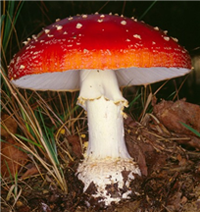





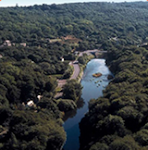






No comments:
Post a Comment
Please feel free to comment on this post...